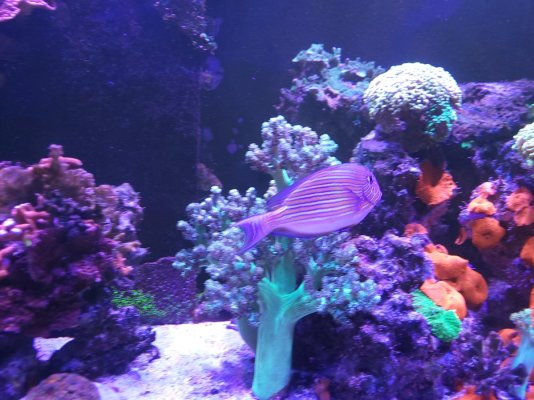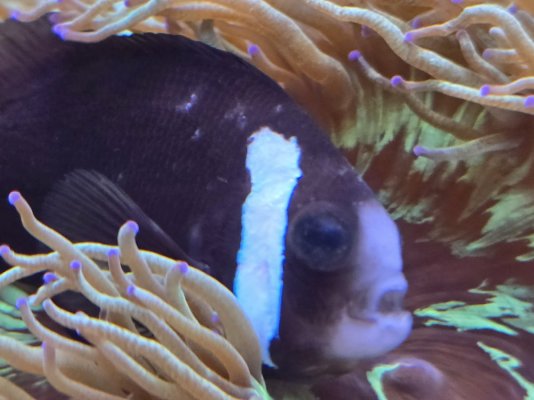- Joined
- Nov 27, 2016
- Messages
- 12
- Reaction score
- 14
Hi All,
Long time lurker, love this forum. Hopefully can get some insight on my current struggle.
Despite my best efforts, I recently had a pretty bad outbreak of Crypt (maybe Velvet, based on the speed of infection/spread) in my 5 month old 100 gallon system and lost 4 fish (so far). I'm in the process of setting up a hospital tank to get the remaining 5 fish out of the display and will run FALLOW in my display for the typical 76 days.
I've considered switching over to the "ich management" method outlined originally I think by @Paul B? I like the idea of keeping a healthy system with fish that are 'immune' to some of these pathogens due to high quality/varied food, biodiveristy, etc.
My question is around people's thoughts on adding fish to a system that you know for sure has had ich/velvet/etc and has not yet gone through the 76 day FALLOW period. Is that irresponsible/unethical in our hobby? If one decides to go with the ich management method, at what point do you say to yourself, "I know there is ich in my system, but I'm confident that the majority of any added fish will survive because of _____".
Appreciate any insights, thanks all!
Long time lurker, love this forum. Hopefully can get some insight on my current struggle.
Despite my best efforts, I recently had a pretty bad outbreak of Crypt (maybe Velvet, based on the speed of infection/spread) in my 5 month old 100 gallon system and lost 4 fish (so far). I'm in the process of setting up a hospital tank to get the remaining 5 fish out of the display and will run FALLOW in my display for the typical 76 days.
I've considered switching over to the "ich management" method outlined originally I think by @Paul B? I like the idea of keeping a healthy system with fish that are 'immune' to some of these pathogens due to high quality/varied food, biodiveristy, etc.
My question is around people's thoughts on adding fish to a system that you know for sure has had ich/velvet/etc and has not yet gone through the 76 day FALLOW period. Is that irresponsible/unethical in our hobby? If one decides to go with the ich management method, at what point do you say to yourself, "I know there is ich in my system, but I'm confident that the majority of any added fish will survive because of _____".
Appreciate any insights, thanks all!



















